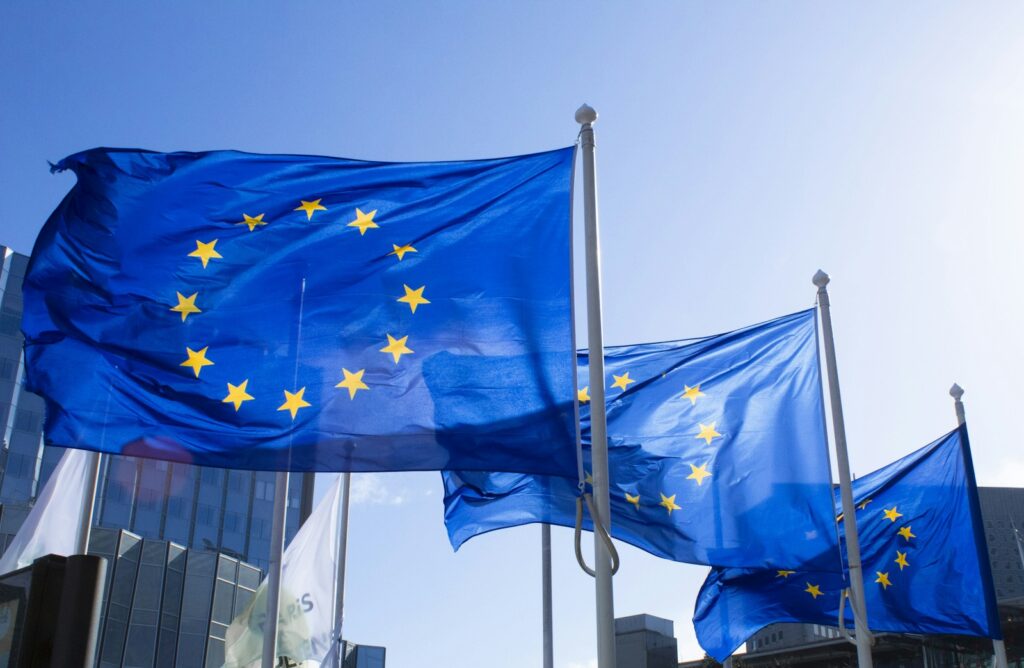Main Points:
- Asetera has partnered with Polygon to create Europe’s first Real-World Assets (RWA) exchange.
- The platform enables the tokenization of securities, funds, and money market instruments using blockchain technology.
- Asetera’s exchange is MiFID II regulated, allowing it to operate under the EU’s financial framework.
- The market for tokenized assets is projected to reach $1.3 trillion by 2030.
- Stablecoin regulations in the EU, effective as of July 2024, will reshape the market landscape.
- Industry experts provide varying estimates on the future of tokenized assets, ranging from $1.3 trillion to $30 trillion by 2030.
The blockchain-based investment firm Asetera has partnered with Polygon (MATIC) to launch Europe’s first exchange dedicated to the trading of tokenized Real-World Assets (RWA). This innovative platform seeks to provide a secure and efficient digital environment where securities, funds, and money market instruments can be traded as blockchain-based tokens. With this new venture, Asetera aims to modernize the financial trading landscape in Europe, leveraging Polygon’s Ethereum scaling network for fast, cost-effective transactions.
The Launch of Europe’s First RWA Exchange
Asetera’s partnership with Polygon marks a significant milestone in the evolution of digital financial markets in Europe. The platform is designed to enable the tokenization of real-world assets, bringing traditional financial instruments such as bonds, commodities, and funds onto the blockchain. By tokenizing these assets, Asetera promises to enhance transparency, increase transaction speed, and reduce costs, all while providing a more accessible investment environment.
The exchange uses stablecoins for settlement processes, ensuring a smooth purchase, clearing, and settlement experience. Stablecoins offer the stability of fiat currency with the efficiency of digital assets, making them an ideal medium for high-volume trading on the blockchain.
Regulatory Compliance: Asetera Under MiFID II
Asetera is regulated under MiFID II, the Markets in Financial Instruments Directive II framework, ensuring it operates within the strict financial rules established by the European Union. This regulation is crucial as it provides investor protection, transparency, and security, which are essential for the widespread adoption of tokenized assets.
In addition to its existing MiFID II compliance, Asetera is preparing for the upcoming Markets in Crypto-Assets (MiCA) regulation, which will govern the crypto landscape in Europe more comprehensively. By complying with these regulations, Asetera positions itself to expand its services across the European Union, catering to both individual and institutional investors.

The Role of Tokenization in Financial Markets
Tokenization is rapidly becoming a transformative force in the financial world. By turning traditional assets into digital tokens on the blockchain, the process enables faster, more transparent transactions and opens new investment opportunities. Asetera’s platform reflects this growing trend by offering tokenized versions of securities, bonds, and commodities.
This process not only increases the speed of transactions but also makes the markets more accessible to a wider range of investors. Traditional barriers, such as geographic limitations and high fees, are significantly reduced with blockchain-based tokenization, allowing for greater liquidity in the markets.
MiCA Regulation and Stablecoins: Reshaping the Market
A significant development in the European crypto landscape is the introduction of MiCA regulations. On July 1, 2024, MiCA’s stablecoin regulations took effect, creating immediate changes in the market. Non-compliant stablecoins are now restricted, while new, compliant stablecoins are being introduced.
This regulatory framework aims to stabilize the market by ensuring that stablecoins meet strict standards of security and compliance. For Asetera, which relies on stablecoins for settlement, this shift promises a more secure and regulated trading environment, further legitimizing the tokenization of assets on their platform.
Predictions for the Tokenized Asset Market
The potential growth of the tokenized asset market has sparked intense debate among industry experts. Some forecasts suggest that the tokenization of real-world assets could reach as high as $30 trillion by 2030. However, there are more conservative estimates.
Jamie Coutts, the Chief Crypto Asset Analyst at Real Vision, has provided a more cautious estimate. According to Coutts, if the current compound annual growth rate (CAGR) of 121% continues, the market for tokenized assets could reach $1.3 trillion by 2030. This more realistic projection aligns with the views of many industry insiders who believe that while tokenization holds significant potential, it is still in its early stages of adoption.
Other industry reports offer varied forecasts. McKinsey & Company predicts that tokenized financial assets will grow into a $2 trillion market by 2030, while the Global Financial Markets Association (GFMA) and Boston Consulting Group estimate that the global value of tokenized illiquid assets could reach $16 trillion by the same year.
Even with these varying projections, the consensus is clear: the future of financial markets is digital, and tokenization will play a critical role in reshaping global finance.
Major Players in the Tokenization Space
Recognizing the potential of tokenized assets, major financial institutions are starting to make moves in this space. For example, Goldman Sachs is planning to launch three new tokenized products later this year in response to growing client interest. These developments signal the increasing acceptance of tokenization among traditional financial institutions.
As more large players enter the tokenization market, it is expected that the adoption of digital assets will accelerate, further legitimizing the role of blockchain in traditional finance.
The Future of Tokenization in Europe
Asetera’s partnership with Polygon is a landmark development in the European financial landscape, marking the launch of the continent’s first RWA exchange. By tokenizing real-world assets, Asetera is at the forefront of a financial revolution that promises to enhance transparency, efficiency, and accessibility in the markets.
While there is debate about the future size of the tokenized asset market, there is no doubt that it will continue to grow. With major regulatory frameworks like MiCA in place, Europe is positioning itself as a leader in the digital asset space. As Asetera and other firms push the boundaries of what’s possible with blockchain technology, the future of tokenization looks bright, and the potential for new investment opportunities is vast.


